Two-way Azure DevOps Integration
Sync data between multiple Azure DevOps instances or integrate it with platforms such as Jira, ServiceNow, Salesforce, Zendesk, GitHub, and more.




Don't Toggle Between Multiple Applications
Connect your Azure DevOps instance with other platforms bidirectionally.
Sync epics, features, issues, user stories, bugs, tasks, etc., the way you want.
Share only what's necessary
Choose the data you want to share with other teams. Stay in your own instance and still remain in sync
Exchange accurate and reliable data
Integrate your Azure DevOps instance with your partners' instance. Reduce manual errors, improve accuracy
Get timely updates
Ensure transperancy and visibility with real-time updates. Always maintain context
Save time with automation
Save time with automatic exchange. Focus on things that matter







Sync Any Data with an Advanced Azure DevOps Integration
Sync Work items, in real-time
- Sync Azure DevOps work items in real-time
- Set up an advanced one-way or two-way Azure DevOps integration
- Connect multiple Azure DevOps organizations
- Get real-time status updates on critical bugs
- Automate software development workflows, end-to-end
- Restart sync automatically in case of downtime
Automate Your Azure DevOps Integration
- Set up and adjust your triggers in WIQL
- Refine your triggers independently at both integrating sides
- Use platform-native triggers to automate your sync
- Modify triggers without disrupting your integration
Bulk Synchronization
- Sync existing Azure DevOps work items depending on the conditions you set
- Connect existing Azure DevOps work items with entities in different platforms
- Get advanced control of your bulk operations
Custom Data Mapping Rules
- Create advanced field mappings and add custom logic with low-code Groovy scripts
- Sync all Azure DevOps work items like issues, bugs, tasks, features, user stories, epics, etc.
- Maintain parent-child relationship hierarchy
- Map and sync statuses and priorities; be up-to-date always
- Sync custom fields across multiple platforms
- Sync area and iteration paths
- Configure the sync to multiple projects
- Maintain text formatting differences between diverse systems
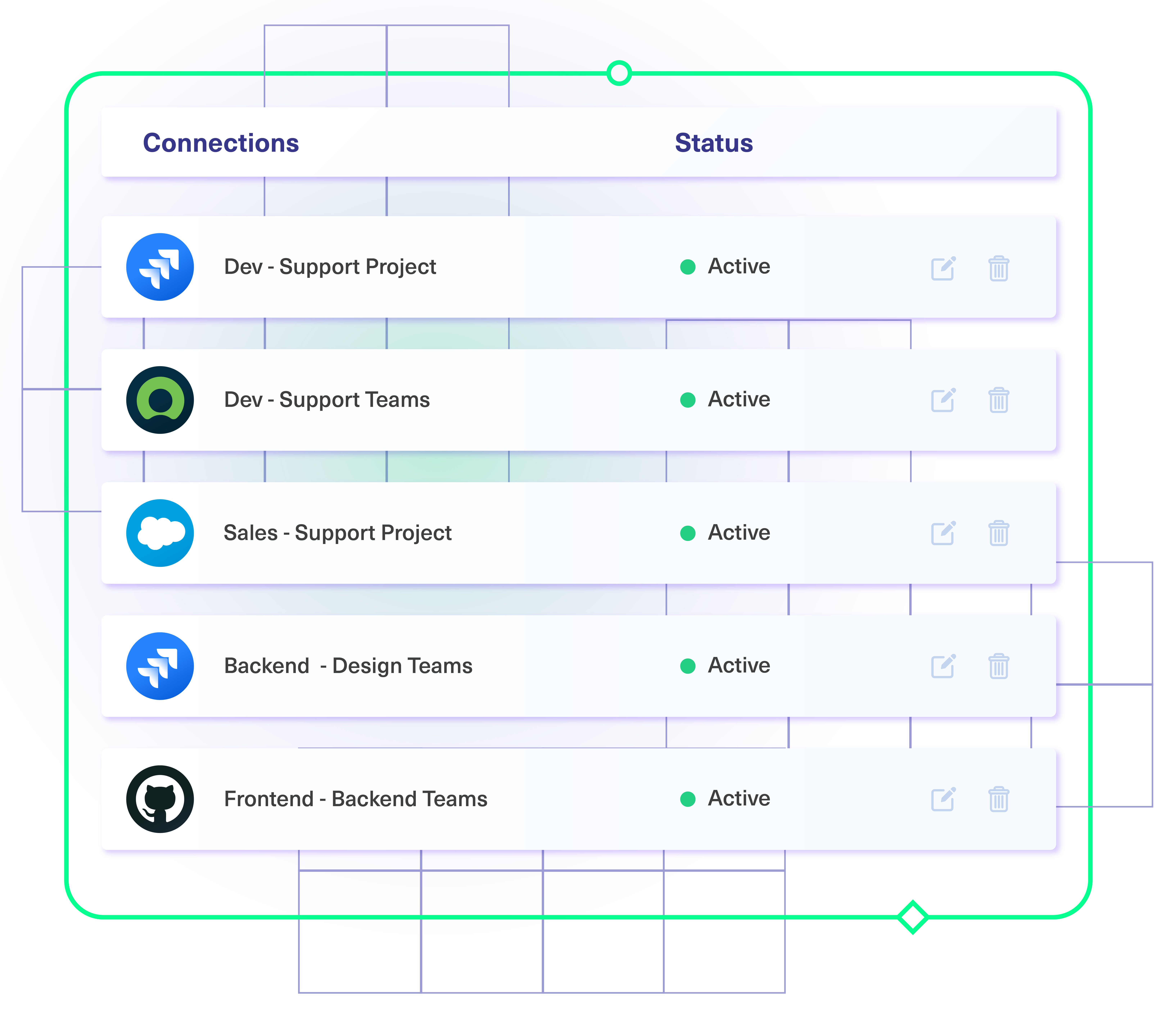
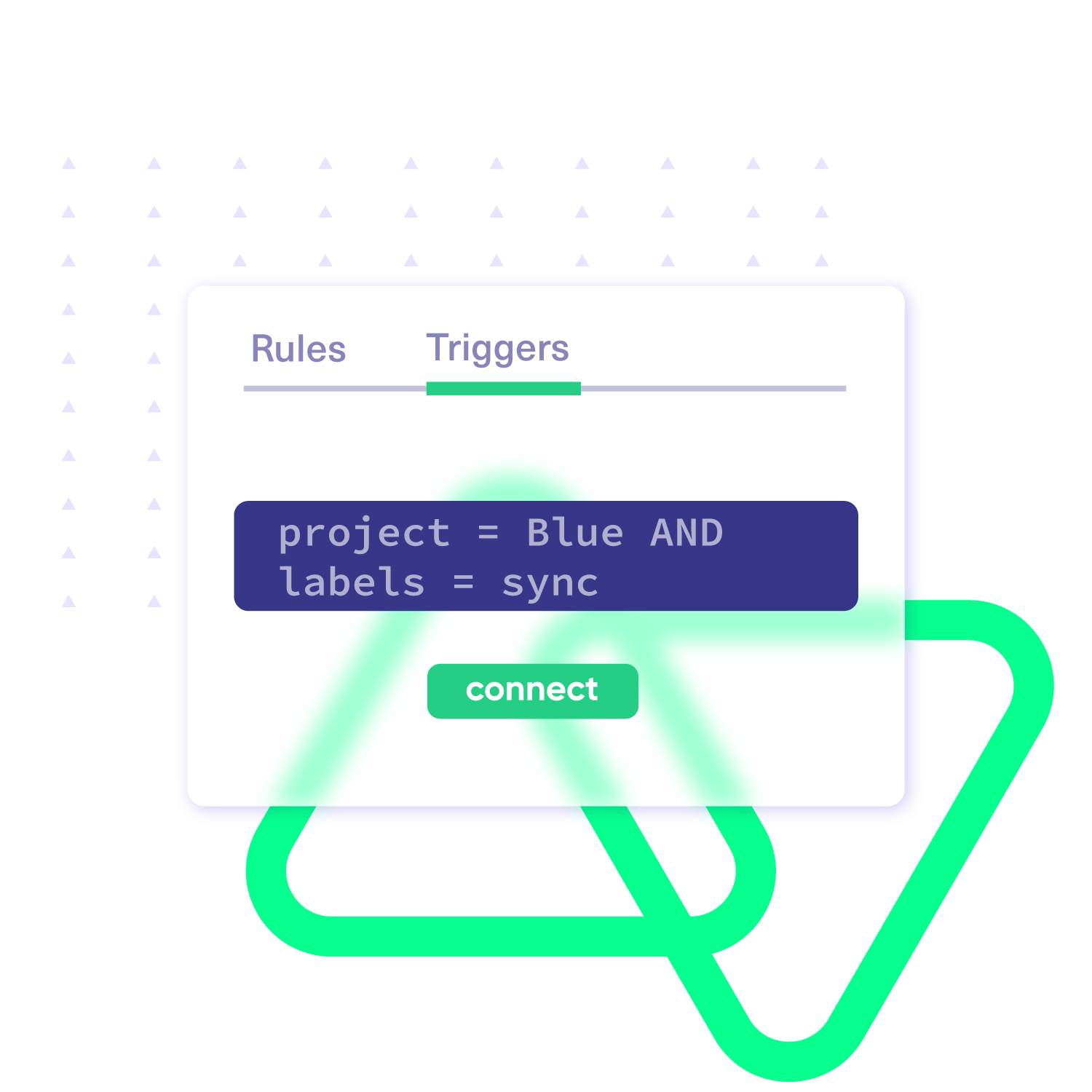

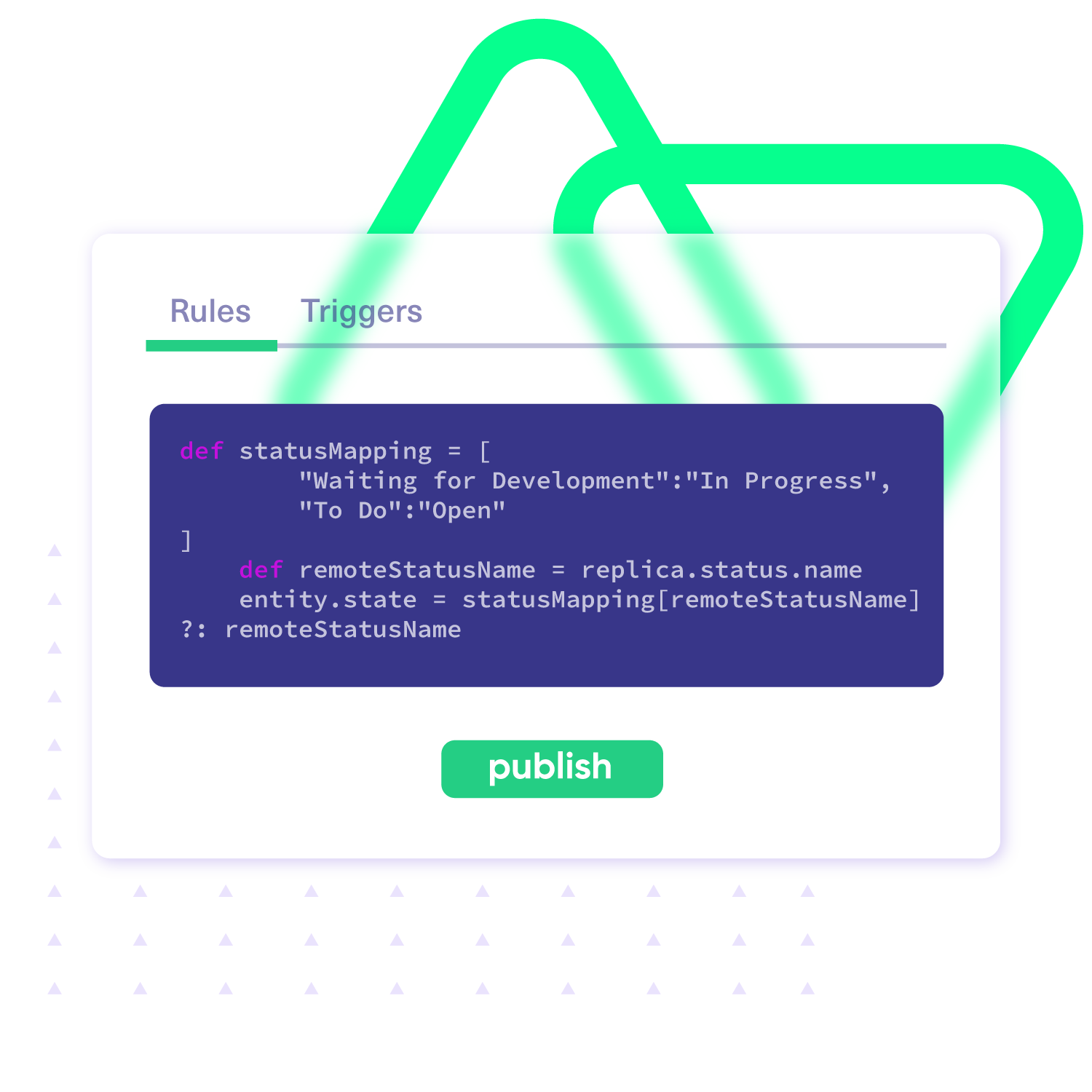
Sync Azure DevOps Work Items Across Different Systems
Sync multiple Azure DevOps work items and their fields. Go beyond default data mappings and set up custom logic to design your integration.
Sync third-party plugin fields or any entities available via REST APIs.
Work Item
+20 fields, including
- Attachment
- Comment
- Title
- Description
- Tags
- Priority
- State
- Custom fields
- Created by
- Created date
- AreaPath
- AssignedTo
- Severity
- Acceptance Criteria

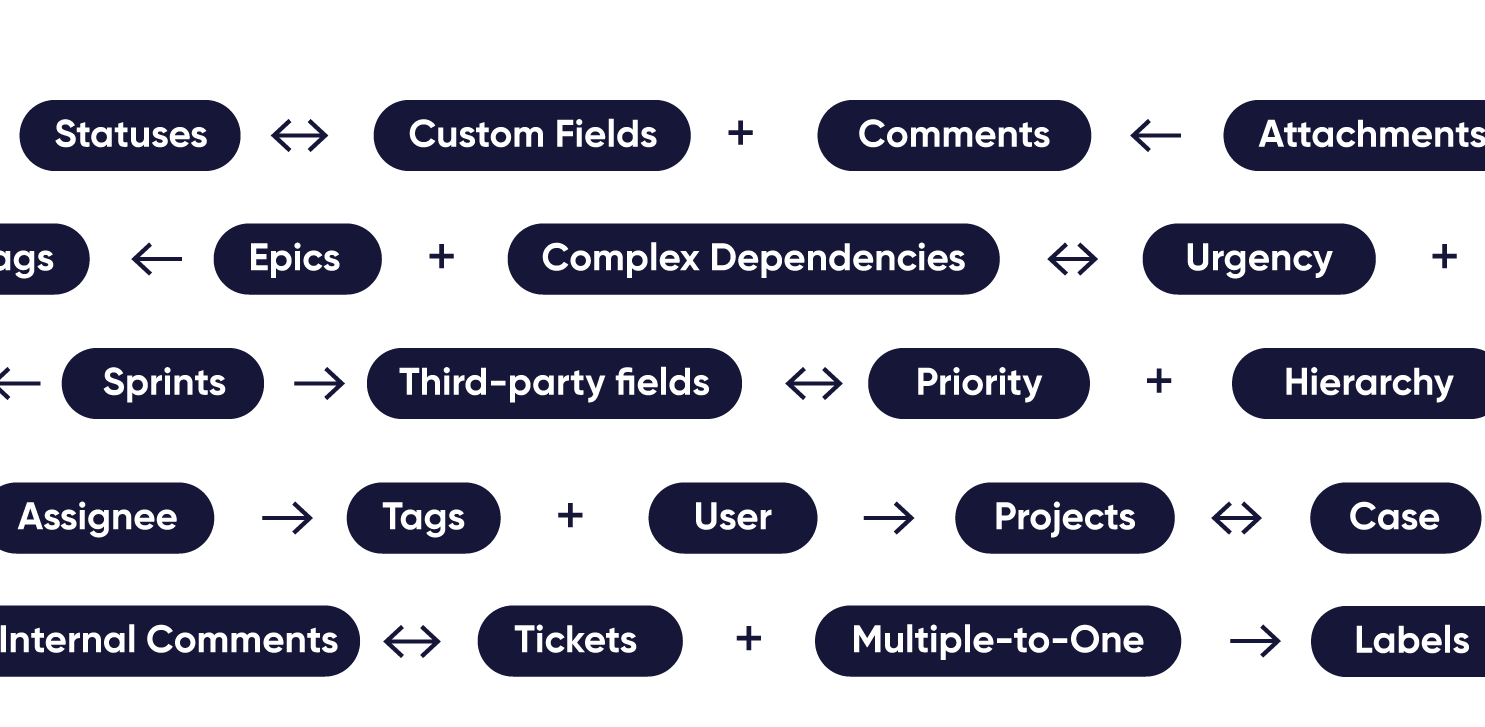
supported tools

Jira

Github

Azure DevOps
ServiceNow

Salesforce

Zendesk

Freshdesk

Freshservice
“
We can now handle around 500 customer incidents per week, thanks to Exalate, which is a very good result regarding the number of products we’re dealing with. It synchronizes 45x faster than our previous solution.
Christof Cuyper |

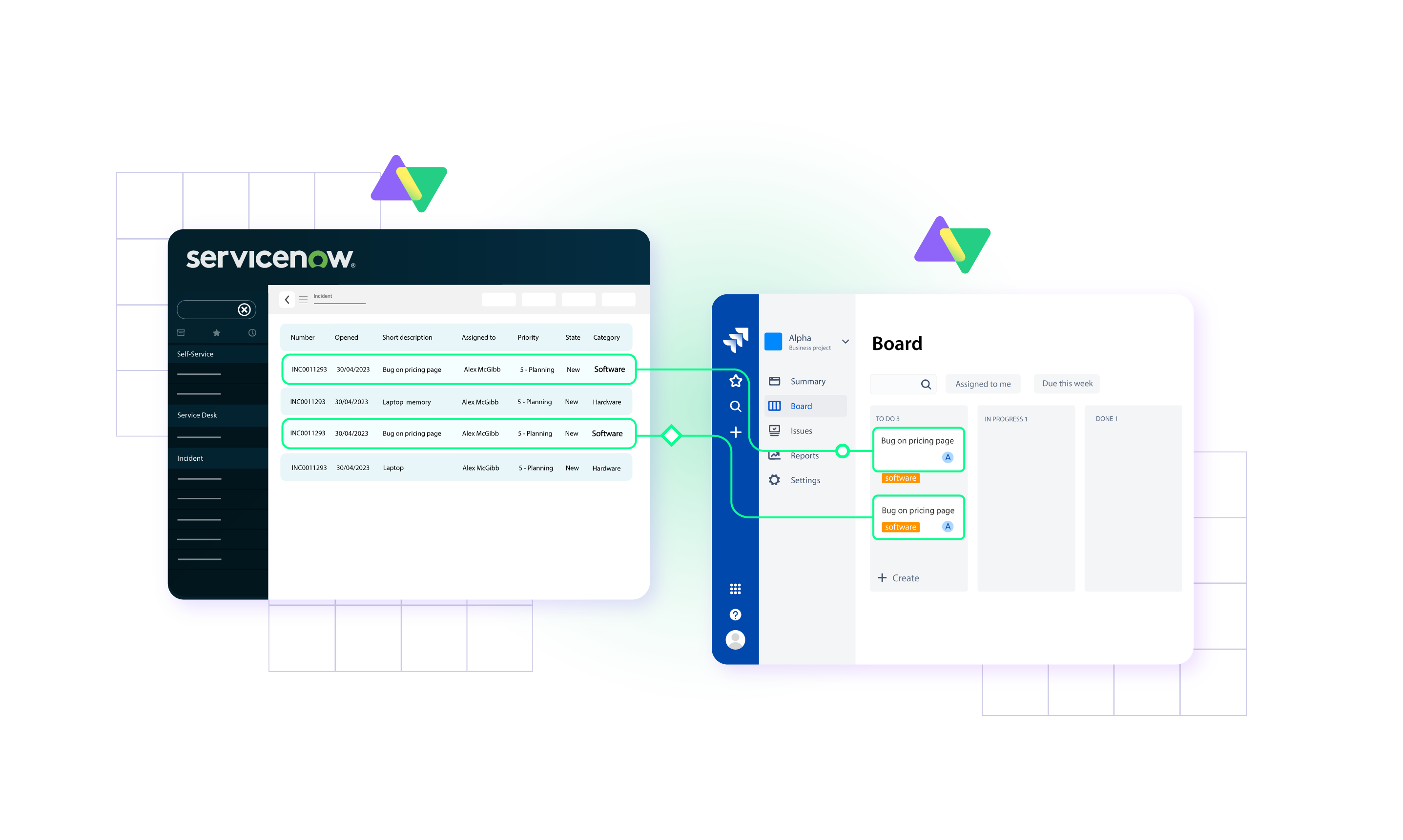
Decentralized Azure DevOps Integration
- Each side retains control over which fields and entities are shared
- Changes on one side are not reflected on the other side unless specified
- Ensure critical business information doesn't leave your organization
Granular Control Over Synced Data
- Independent granular control and autonomy over your connection
- Groovy-scripts allow writing rules and expressions tailored to your use case
- Sync any data available via REST APIs
- Set up conditions and event-specific triggers for automated sync
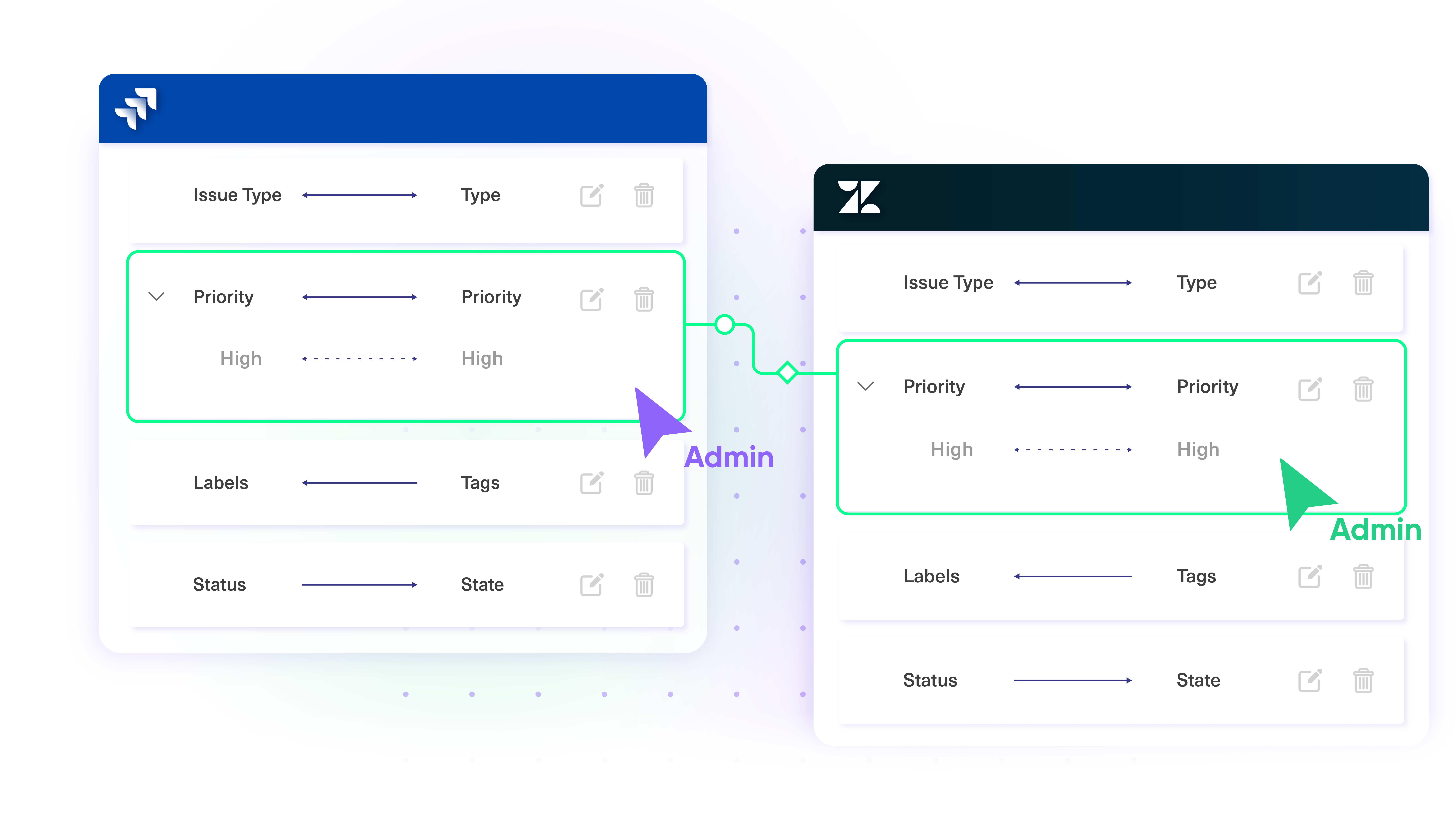
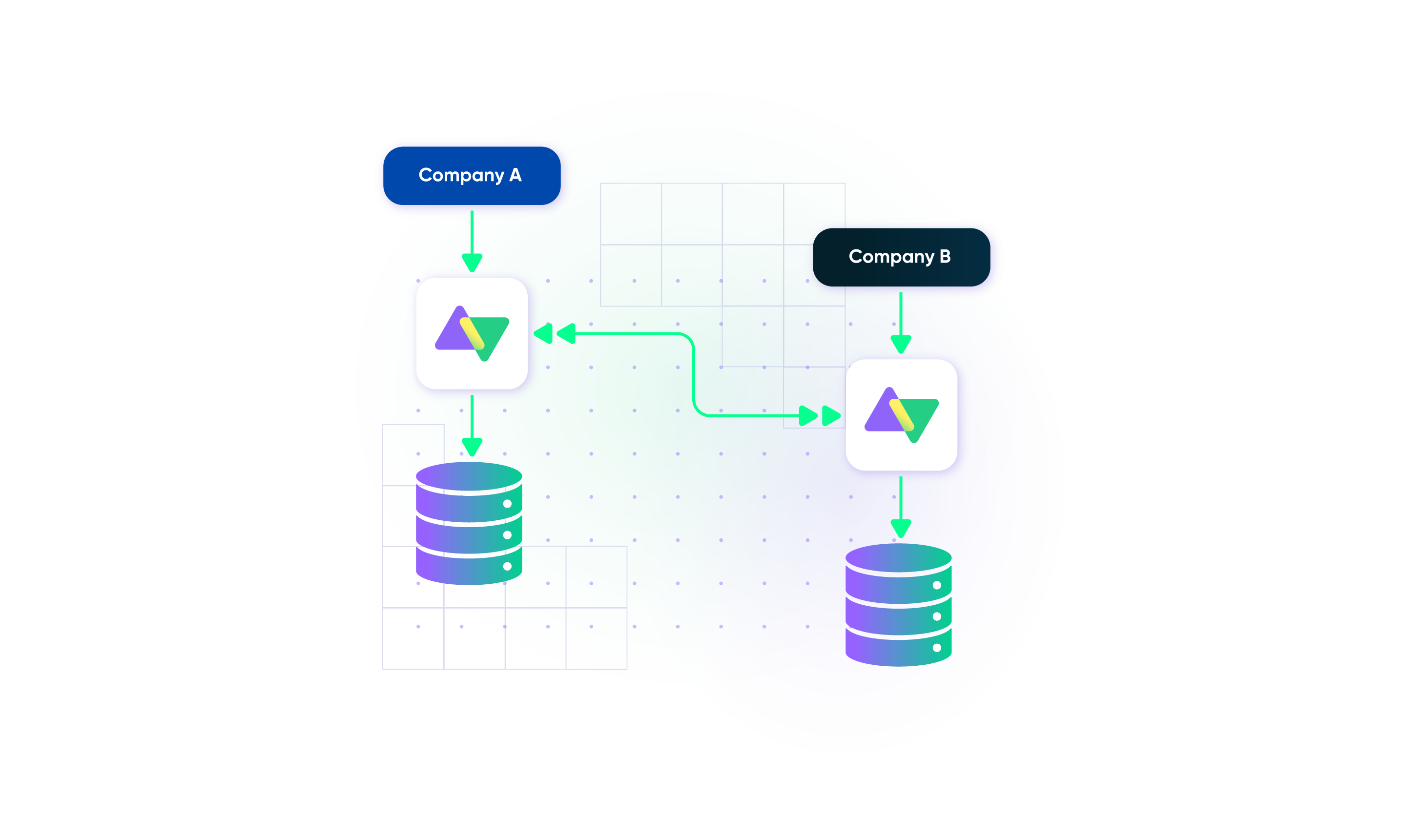
Completely Secure Azure DevOps Integration
- Ensure your data is protected with robust security features
- Safeguard your data with single-tenant architecture
- Maintain consistent scalability and flexibility with loosely coupled systems
- Keep your information safe, private, accurate, available and legally compliant with ISO 27001 certification

“
The advantage of Exalate’s decentralized architecture is that it’s not like a new learning curve for the customers to get into a new platform and figure out how they need to operate. They can just operate as they normally do, and that makes a huge impact on the overall outcome of security incidents.
Alexander Sinno |

Set up Your Azure DevOps Integration in 5 Simple Steps
01
install
Install Exalate on Azure DevOps and the other side(s).
02
connect
Connect Azure DevOps to your other systems.
03
customize
Map work items as you like.
04
automate
Set up WIQL triggers to automate Azure DevOps integration.
05
sync
Your tools are connected. Happy syncing!
FAQ
Answers to the most frequent questions.
Didn't find what you were looking for? Ask Aida
Exalate for Azure DevOps is priced based on multiple factors. We recommend you get in touch with our team for a quote. You can book a short call or message us on the chat on this page.
System failures and down times lead to failed synchronizations. Exalate makes the whole sync process asynchronous using transactional sync queues at both integrating sides. It tracks sync events in the same order as the original issue event. So changes can be applied in the same order once the down time or error is fixed. It also has an integrated retry mechanism to resume the sync from the point of interruption without manual intervention.
Exalate can sync all work items like issues, features, user stories, bugs, tasks, epics, etc.
It can also sync third-party plugin fields and any data available via REST APIS.
Yes, you can choose to install Exalate on your own server with docker.
Most cloud deployment models support multi-tenancy where infrastructure is shared to implement a certain functionality.
So there’s an increased risk of unauthorized access.
Exalate’s single-tenancy model ensures every instance has its own process space, file system, network and database completely separated from all other instances.
This model is available for all cloud deployments of Exalate like ServiceNow, GitHub, Zendesk, Salesforce, Jira and Azure DevOps.
Yes, it’s possible to sync area and iteration paths in Azure DevOps. You can implement this using the Script mode.
Refer to this document for the exact scripts.
Every system uses different methods for displaying rich text. For instance, Azure DevOps sends data in HTML. However, some systems cannot render HTML correctly. Exalate handles these formatting differences behind the scenes and displays rich text in its correct form.
Exalate maintains the parent-child relationship between synced entities across multiple platforms.
For instance, when a user creates a task, epic, or feature on the Azure DevOps side, it should be mapped to a story, task, or bug on the Jira on-premise side. You can also create and maintain multi-level hierarchy between all work items.